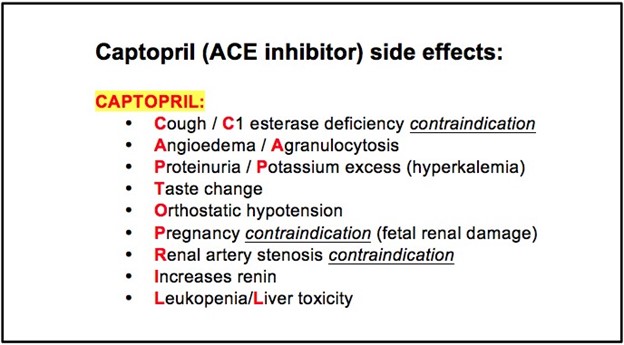A nurse is assisting with a community health program for caregivers of clients who have Alzheimer's disease. Which of the following information should the nurse include?
Provide a stimulating environment for the client
Use confrontation to manage the client's behavior
Limit the number of choices for the client
Use written signs to assist the client with locating the bathroom
Correct Answer : A,C,D
Correct:
A. Creating a stimulating environment helps engage the client and can reduce restlessness and agitation. This can include activities, social interactions, and sensory stimulation tailored to the individual's preferences.
C. Clients with Alzheimer's disease may become overwhelmed and have difficulty making decisions when presented with too many options. By limiting choices, caregivers can help reduce confusion and frustration for the client.
D. Clients with Alzheimer's disease may experience memory impairment and difficulty with orientation. Using written signs can help them navigate their surroundings and locate essential areas, such as the bathroom. Clear and simple signs can be helpful for maintaining independence and minimizing confusion.
incorrect:
B. Confrontation, which involves challenging or arguing with the client, can escalate agitation and distress. Instead, caregivers should use techniques such as redirection, validation, and providing a calm and supportive environment to manage challenging behaviors associated with Alzheimer's disease.
Nursing Test Bank
Naxlex Comprehensive Predictor Exams
Related Questions
Correct Answer is C
Explanation
Orthostatic hypotension, which is a sudden drop in blood pressure upon standing, can be a side effect of enalapril and may lead to syncope. Instructing the client to rise slowly from a sitting to a standing position helps minimize the risk of a sudden drop in blood pressure and decreases the chances of syncope occurring.
Decreasing fluid intake is not likely to be the cause of syncope related to enalapril. It is important for clients to maintain adequate hydration, especially if they are experiencing side effects such as orthostatic hypotension.
While a low pulse rate may indicate bradycardia, it is not the primary concern in this situation. Orthostatic hypotension leading to syncope is the main issue, and the client should be instructed to rise slowly to prevent it.
While enalapril is an angiotensin-converting enzyme (ACE) inhibitor that can increase potassium levels in the blood, it is not directly related to syncope. Dietary changes should be made under the guidance of a healthcare provider based on individual needs and blood test results.

Correct Answer is D
Explanation
Diminished pulses in the affected extremity can indicate compromised circulation, which is a serious concern. It could suggest the development of compartment syndrome, a condition characterized by increased pressure within the muscles and tissues of the leg. Compartment syndrome can lead to tissue damage and potentially jeopardize the client's limb. Therefore, it is crucial for the nurse to recognize and address this finding promptly.
One fingerbreadth of space between the cast and the skin is generally considered an appropriate amount of space to allow for swelling and adequate circulation. However, it should still be monitored for any changes or signs of compartment syndrome.
Ecchymosis on the inner left thigh may indicate bruising, which could be related to the injury or the application of the cast. While it should be documented and monitored, it does not pose an immediate threat to the client's well-being.
Client report of muscle spasms of the left leg can be a common occurrence due to muscle immobility and discomfort associated with the cast. Although it should be assessed and managed for the client's comfort, it is not as urgent as addressing compromised circulation

Whether you are a student looking to ace your exams or a practicing nurse seeking to enhance your expertise , our nursing education contents will empower you with the confidence and competence to make a difference in the lives of patients and become a respected leader in the healthcare field.
Visit Naxlex, invest in your future and unlock endless possibilities with our unparalleled nursing education contents today
Report Wrong Answer on the Current Question
Do you disagree with the answer? If yes, what is your expected answer? Explain.
Kindly be descriptive with the issue you are facing.
